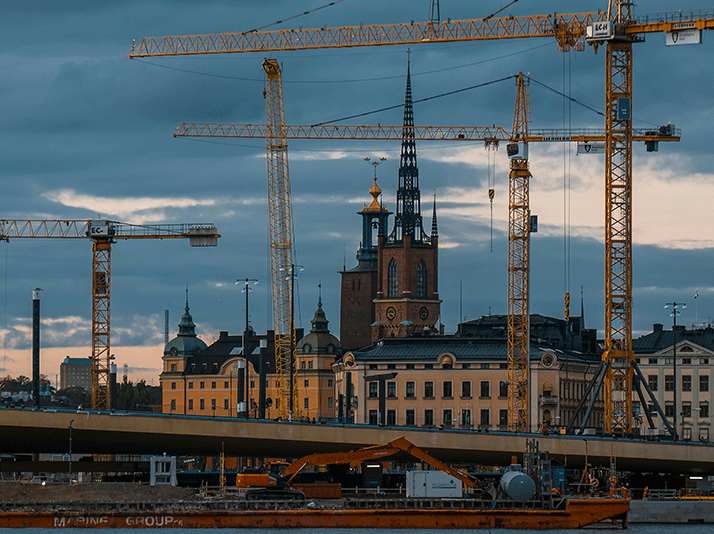27
2025
-
02
The Role of AI and Machine Learning in Modern Construction Machinery
Category:
【Summary description】Artificial Intelligence (AI) and Machine Learning (ML) are no longer just buzzwords
Artificial Intelligence (AI) and Machine Learning (ML) are no longer just buzzwords; they are transforming industries across the board, and the construction machinery sector is no exception. These technologies are enabling smarter, more efficient, and safer construction equipment, revolutionizing how projects are executed. In this blog, we’ll explore the various ways AI and ML are being integrated into modern construction machinery and the benefits they bring to the industry.

1. Predictive Maintenance
One of the most significant applications of AI and ML in construction machinery is predictive maintenance. Traditional maintenance schedules are often based on time or usage intervals, which can lead to unnecessary downtime or unexpected breakdowns. AI-powered predictive maintenance systems analyze data from sensors embedded in the machinery to predict when a component is likely to fail. This allows for timely maintenance, reducing downtime and repair costs. Companies like John Deere and Volvo Construction Equipment are already leveraging AI to enhance their maintenance strategies.
2. Enhanced Safety
Safety is a top priority in the construction industry, and AI is playing a crucial role in improving it. AI-powered cameras and sensors can monitor construction sites in real-time, detecting potential hazards such as unstable terrain, falling objects, or unauthorized personnel entering restricted areas. Machine learning algorithms can analyze historical data to identify patterns and predict potential safety incidents, allowing for proactive measures to be taken. This not only protects workers but also reduces the risk of costly accidents and delays.
3. Autonomous Operation
AI and ML are at the heart of autonomous construction machinery. These technologies enable machines to perform complex tasks with minimal human intervention. For example, autonomous bulldozers and excavators can use AI to analyze the terrain, plan the most efficient route, and execute tasks with precision. Machine learning algorithms allow these machines to improve their performance over time by learning from past experiences. Autonomous machinery is particularly beneficial in hazardous environments, where human operators may be at risk.
4. Optimized Operations
AI and ML can also optimize the overall operations of construction machinery. By analyzing data from multiple machines, AI algorithms can identify inefficiencies and suggest improvements. For instance, AI can determine the optimal speed and load for a machine to maximize fuel efficiency or recommend the best sequence of tasks to minimize downtime. This level of optimization can lead to significant cost savings and increased productivity on construction sites.
related content

